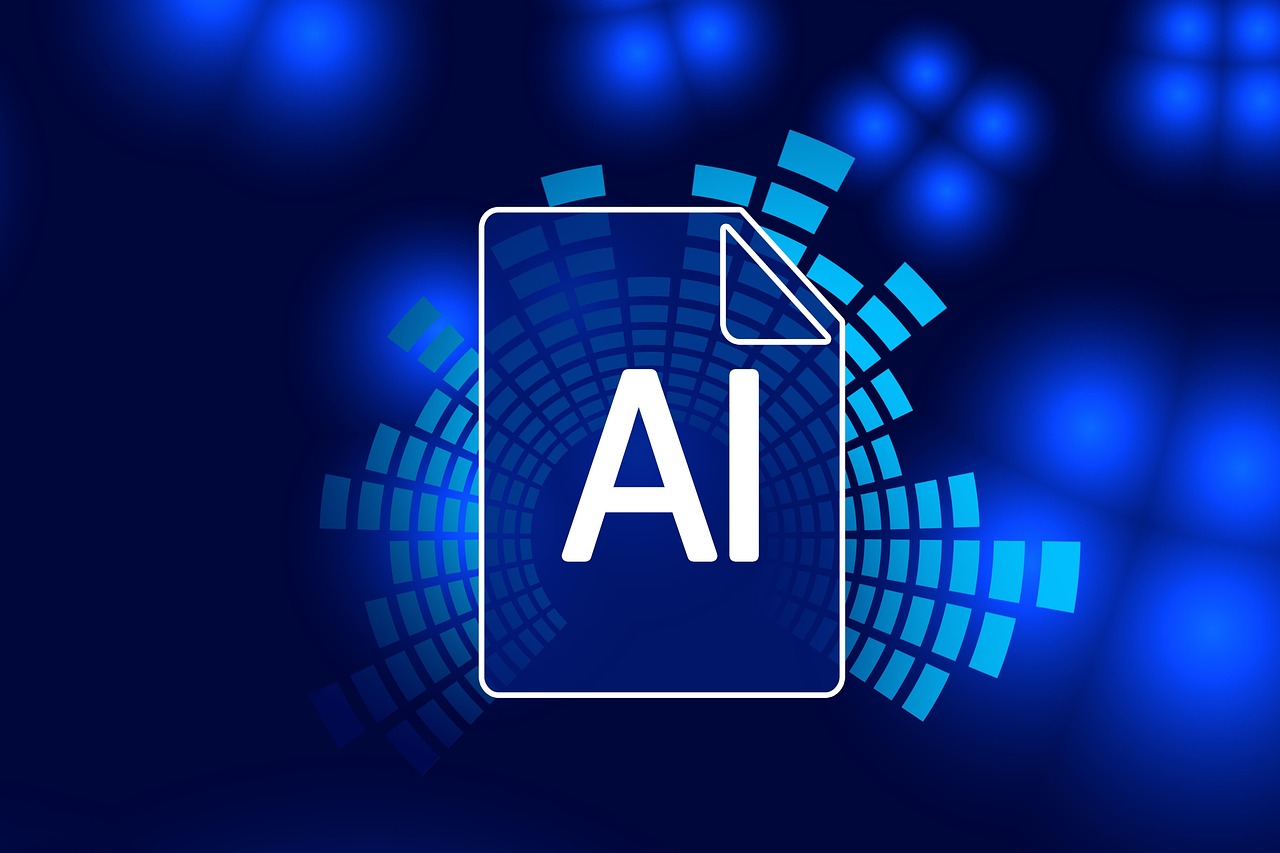- SMBs can integrate AI using a crawl-walk-run approach, starting with simple automation, progressing to data-driven decision-making, and scaling AI across business functions.
- AI enhances efficiency, reduces costs, improves customer experiences, and provides a competitive edge through automation, predictive analytics, and smart decision-making.
- At CMIT Solutions of North Pittsburgh, we help you with expert IT support and AI integration services to help SMBs implement AI effectively, ensuring seamless adoption and long-term business success.
Artificial Intelligence (AI) has moved beyond buzzwords, offering practical benefits that small and midsize businesses (SMBs) can harness for operational efficiency, cost savings, and competitive advantages. However, the challenge lies in understanding where to start and how to integrate AI effectively without disrupting existing workflows.
Let’s follow a crawl-walk-run approach, helping SMBs adopt AI step by step, ensuring seamless implementation with measurable benefits.
Why AI Matters for SMBs
Large enterprises have already leveraged AI to optimize processes, reduce costs, and enhance decision-making. However, AI is not exclusive to big corporations. With the right strategy, SMBs can also implement AI to improve efficiency in areas such as predictive maintenance, supply chain optimization, customer service automation, and cybersecurity.
AI provides numerous advantages to SMBs. It increases efficiency by automating repetitive tasks and streamlining workflows.AI optimizes resource allocation and lowers operating costs by eliminating labor-intensive processes. It also enhances decision-making by providing data-driven insights, allowing business owners to develop better strategies.
Furthermore, AI improves customer experience by personalizing interactions and ensuring faster response times. Implementing AI can also give SMBs a competitive edge by enabling smart automation, ensuring they stay ahead of their competitors.
The Crawl-Walk-Run Approach to AI Implementation
A gradual, structured approach ensures that SMBs adopt AI without excessive risk or investment. This method consists of three phases: Crawl, Walk, and Run.
Crawl: Laying the Foundation for AI Adoption
Before diving into AI-powered solutions, SMBs must establish a solid foundation by identifying their needs and understanding how AI can address them. This phase involves three key steps:
Identifying Business Needs and Pain Points
Rather than adopting AI for the sake of it, SMBs should analyze their existing processes and pinpoint inefficiencies. AI can provide immediate value in automating repetitive tasks such as data entry, scheduling, and customer support. It can also enhance marketing and customer relationship management (CRM), allowing businesses to better understand customer behavior. Additionally, AI can improve inventory and supply chain management by predicting demand and optimizing stock levels.
Exploring Simple AI Tools
AI adoption does not require in-house expertise or expensive custom models. Many user-friendly, plug-and-play AI tools are designed for SMBs. Chatbots and virtual assistants, such as ChatGPT and Drift, can handle customer inquiries efficiently.
AI-powered analytics platforms like Google Analytics and Tableau help businesses make data-driven decisions. Marketing automation tools such as HubSpot and Mailchimp enable personalized outreach, making campaigns more effective.
Ensuring Data Readiness
AI systems rely on quality data to function effectively. SMBs should start by organizing and digitizing their data, ensuring consistency, and eliminating inaccuracies. Structured data, such as customer transaction records and website interactions, provides the backbone for AI-driven insights. Without clean and well-structured data, AI models may produce unreliable or inaccurate outcomes.
Walk: Implementing AI Solutions Gradually
Once SMBs have a foundational understanding of AI and have prepared their data, they can move to the next phase—adopting AI incrementally.
Automating Simple Processes
The best way to build confidence in AI is by automating simple yet impactful tasks. AI-enhanced email marketing can segment customers and personalize content based on their behavior, increasing engagement and conversion rates. AI-driven chatbots can handle frequently asked questions, freeing up human support teams to focus on complex queries. Predictive analytics can identify sales trends, helping SMBs optimize inventory management and pricing strategies.
Leveraging AI for Enhanced Decision-Making
As SMBs gain familiarity with AI tools, they can explore AI-driven business intelligence platforms. These platforms process large amounts of data and provide actionable insights, allowing businesses to forecast demand, identify inefficiencies in operations, and optimize marketing strategies based on customer behavior. AI-powered insights enable companies to make informed decisions that drive growth and efficiency.
Upskilling Employees
AI is most effective when employees understand how to use it properly. Providing AI-related training and workshops can help staff integrate AI tools into their daily operations. Many online platforms, such as Coursera and Udemy, offer courses tailored for non-technical users. By upskilling employees, businesses can ensure that AI adoption is seamless and that teams are well-equipped to leverage AI-driven solutions.
Run: Scaling AI for Maximum Impact
In this phase, SMBs transition from using AI for incremental improvements to leveraging it for strategic growth and competitive advantage.
Integrating AI Across Multiple Business Functions
With initial AI implementations showing success, SMBs can expand AI usage to optimize various aspects of their operations. AI-driven customer insights can analyze sentiment and feedback, enabling businesses to refine their products and services.
AI-powered cybersecurity tools, such as Darktrace and IBM Watson, can detect and respond to security threats proactively, protecting sensitive business data. In HR functions, AI can streamline recruitment by analyzing resumes and matching candidates to job roles based on their qualifications and experience.
Custom AI Solutions for Unique Business Needs
SMBs that have outgrown off-the-shelf AI solutions can explore custom AI models tailored to their industry and specific needs. This might involve collaborating with AI vendors, hiring data scientists, or using AI development platforms like TensorFlow and AutoML. Custom AI solutions can provide deeper insights and more specialized automation, giving businesses a competitive edge.
Continuous AI Optimization and Expansion
AI adoption is an ongoing process. SMBs should continuously monitor AI performance, update models based on evolving data, and explore emerging AI trends such as generative AI, computer vision, and machine learning automation. Keeping up with AI advancements ensures that businesses remain agile and continue to leverage AI for sustainable growth.
Overcoming Common AI Adoption Challenges
Despite AI’s potential, SMBs often face obstacles when implementing AI. Addressing these challenges early can ensure smoother adoption.
Limited Budget
One of the biggest concerns for SMBs is cost. However, AI adoption does not have to be expensive. Businesses can start with low-cost AI tools such as Google AutoML, Microsoft Power BI, or open-source AI platforms. Additionally, AI-as-a-Service (AIaaS) solutions allow companies to access AI capabilities without significant upfront investments.
Lack of Technical Expertise
Many SMBs may lack in-house AI expertise. Partnering with AI vendors or consultants can simplify implementation and ensure successful adoption. No-code and low-code AI platforms also make AI accessible to businesses without requiring advanced programming knowledge.
Data Privacy and Compliance
AI implementation must comply with data privacy regulations such as GDPR and CCPA. SMBs should implement robust cybersecurity measures to protect customer and business data. Using AI-driven security tools can help detect vulnerabilities and prevent data breaches.
Employee Resistance
Change can often lead to resistance from employees. To address this, businesses should educate teams about AI benefits and involve employees in AI adoption decisions. Upskilling programs can also equip staff with AI-related skills, making the transition smoother.
Future Trends in AI for SMBs
The AI landscape continues to evolve, presenting new opportunities for SMBs.
AI-Powered Personalization
Businesses will leverage AI to deliver hyper-personalized customer experiences, increasing engagement and conversions.
AI-Driven Sustainability
AI will optimize energy consumption, reduce waste, and enhance sustainability initiatives for SMBs.
AI in Edge Computing
Processing AI-driven insights directly on devices (edge computing) will improve efficiency and reduce latency for real-time applications.
Adopting AI doesn’t have to be complicated. At CMIT Solutions of North Pittsburgh, we help small and medium-sized businesses integrate AI solutions that drive real results. Contact us today to explore how AI can transform your business operations and position you for long-term success.





